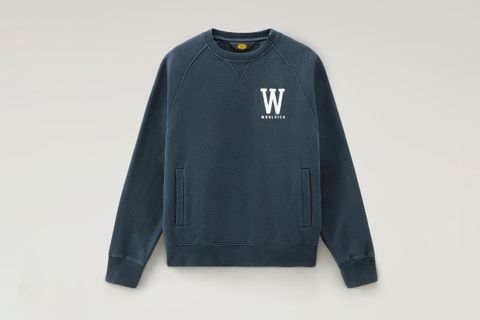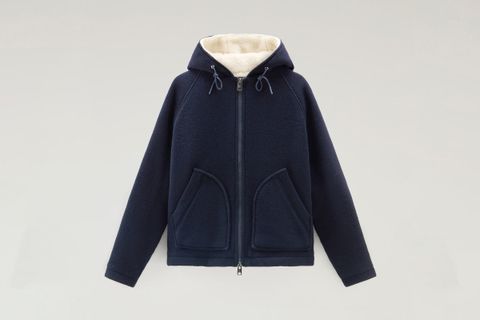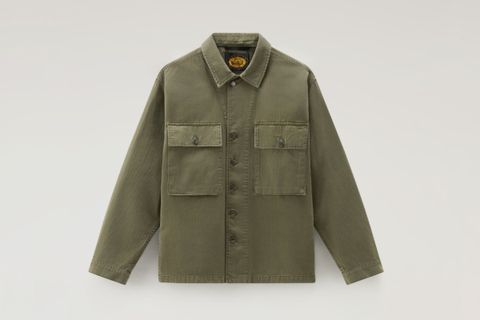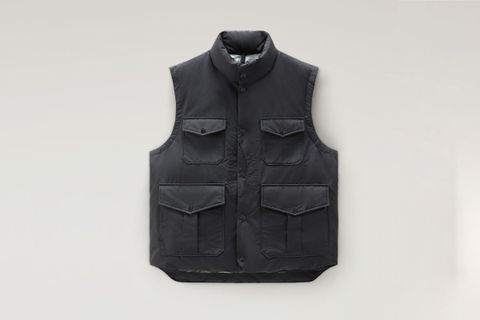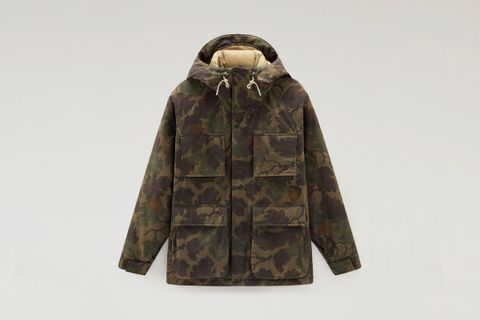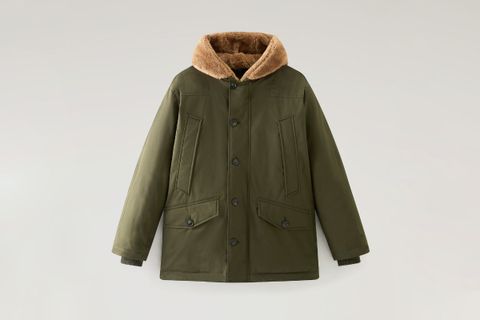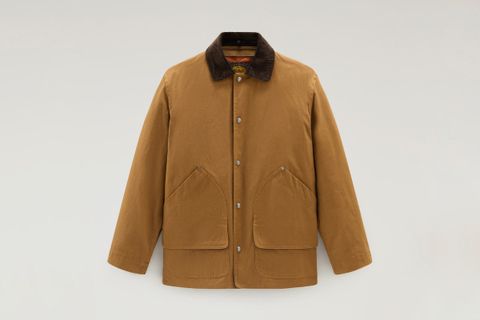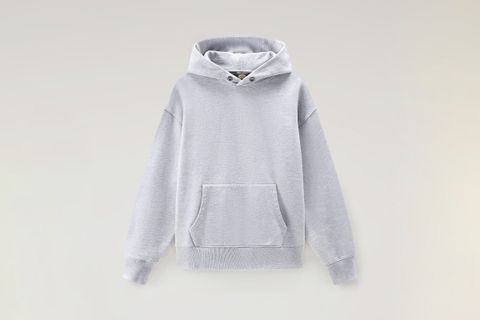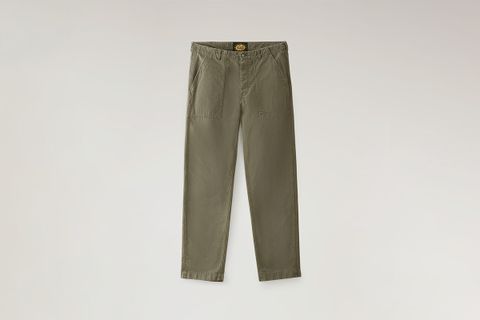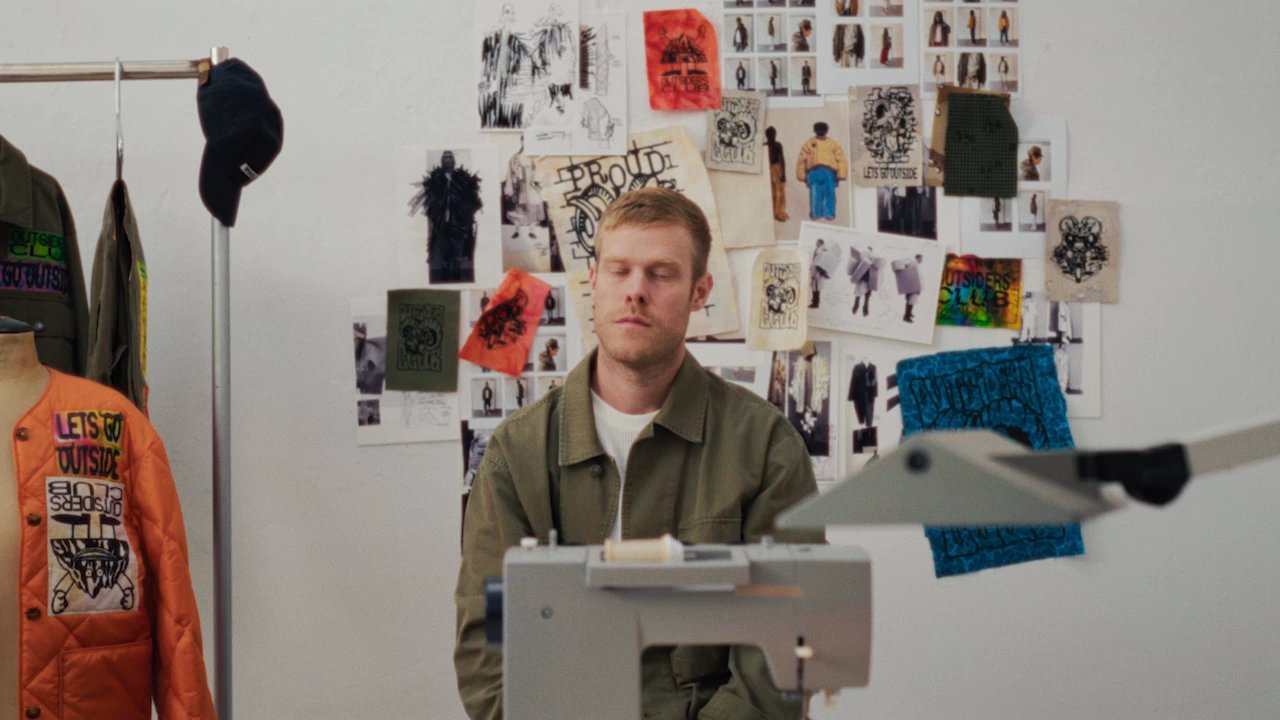
For those following fashion, “durability” is the word that seems to be on everybody’s mouth these days. It makes sense, considering the direction the world seems to be heading in. Prices are up, and we want our purchases to be meaningful; our readiness to indulge in fast fashion is fading quickly as we reorient ourselves toward more sustainable habits; and, quite straightforwardly, clothes with tough, durable motifs are hot right now.
Woolrich is no stranger to making garments that require some serious strength. A giant in the world of outdoors wear, Woolrich has long built pieces that can take a beating and keep on going. It’s a compatible vision for the fashion forward, whose own inclinations for something with a bit more oomf is to be met by Woolrich’s commitment to producing long-lasting, quality items.
An important and crucially accessible source of durable outdoor wear for many comes from military surplus stores—commonplace fixtures in many of the world’s large cities. To the untrained eye, these stores are rows of olive green jackets and rugged, practical boots. But to those in the know, each shop is a treasure trove of material and garments, each with its own potential for personalization and unique tailoring.
One such artist who knows their way around the humble military surplus store is London-born and based artist Daniel David Freeman.Freeman aptly states, “It’s important that clothing should last a long time so the wearer can create their own story.”
His work is a melting pot of influences including thrash metal flyers, drum 'n' bass tapes, post-apocalyptic science fiction, Ghanaian movie posters, and gothic fan art. Central to his work is his history, with references to art history and historical art movements abound in his work— though he points out he’s more into the concept of historical fine art than the artwork itself. Naturally, he has an inclination toward creating works that can stand the test of time.
The essence of Freeman's approach aligns perfectly with the current shift towards durability in fashion. “I use military clothing to carry my artwork because I know it’ll last a long time, which means hopefully my artwork will too.” In his collaboration with Woolrich, Freeman looked toward one group who too value the durability of their clothes: skateboarders. Subverting the iconic Woolrich emblem for his pieces, Freeman used classic motifs in skateboarder fashion—baggy fits, graphic stylings, and the infinity personalizable patches, paint, or graffiti.
As the emphasis on durability grows stronger, collaborations like Freeman's with Woolrich provide a blueprint for creating not just clothing but a narrative that endures. It's a tribute to individuality, creativity, and the enduring spirit of those who embrace fashion as a means of self-expression, resilience, and unyielding personal style.
